September 7, 2013
New report urges UK Government departments to ditch paper completely by 2020
 A new report from the Think Tank Policy Exchange is claiming that UK Government departments should look to stop using paper by moving from process that are ‘digital-by-default to digital, full stop’ by the year 2020. The report, Smaller, Better, Faster, Stronger: Remaking government for the digital age, claims that the move would make the UK public sector 8 percent more effective and save £24 billion a year by eliminating the paper used by Government departments to communicate and switching to digital processes for all services that don’t require face-to-face interaction with suppliers and members of the public.
A new report from the Think Tank Policy Exchange is claiming that UK Government departments should look to stop using paper by moving from process that are ‘digital-by-default to digital, full stop’ by the year 2020. The report, Smaller, Better, Faster, Stronger: Remaking government for the digital age, claims that the move would make the UK public sector 8 percent more effective and save £24 billion a year by eliminating the paper used by Government departments to communicate and switching to digital processes for all services that don’t require face-to-face interaction with suppliers and members of the public.






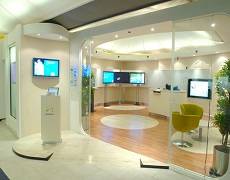
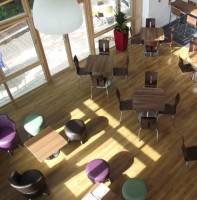
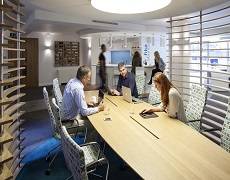




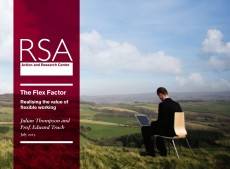


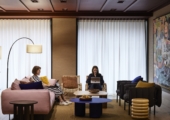



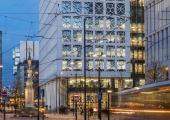

August 13, 2013
Worldwide space standards moving closer to UK norm, claims new report
by Mark Eltringham • Comment, Facilities management, Flexible working, Knowledge, News, Property, Workplace design
(more…)